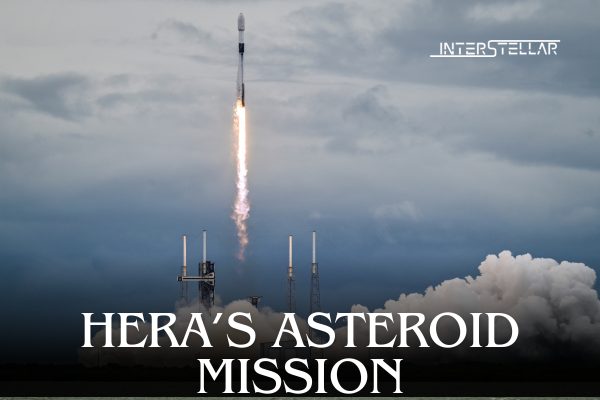Hera Asteroid Probe Begins Two-Year Journey to Dimorphos
Europe’s Hera asteroid probe launched from Florida on a SpaceX rocket on Monday, embarking on a two-year mission to study an asteroid that NASA’s DART spacecraft previously deflected off course. The mission aims to deepen our understanding of how to protect Earth from potential asteroid threats.
Mission Overview: Revisiting the DART Impact Site
The Hera mission will revisit the Dimorphos asteroid, a small moonlet orbiting a larger near-Earth asteroid called Didymos. The visit comes two years after NASA’s Double Asteroid Redirection Test (DART) intentionally crashed into Dimorphos. This collision was part of an experimental mission to test whether deflecting an asteroid could be a viable planetary defence strategy.
The European Space Agency (ESA) chose SpaceX, led by Elon Musk, to launch Hera, addressing a gap in Europe’s current space launch capabilities. The spacecraft lifted off aboard a Falcon 9 rocket at 10:53 a.m. local time (1453 GMT), according to a live broadcast of the launch.
DART’s Impact and its Aftermath
NASA’s DART mission, carried out in September 2022, was a proof-of-concept project. The spacecraft travelled at approximately 14,000 miles per hour (22,530 kph) before colliding with Dimorphos. This impact occurred around 6.8 million miles (11 million km) from Earth. While Dimorphos and Didymos do not pose a direct threat to our planet, the mission’s success has proven that altering an asteroid’s trajectory is feasible.
After the impact, scientists discovered that not only did DART change Dimorphos’ path, but it also altered the shape of the small asteroid. Hera’s upcoming survey will further analyse these changes, providing critical data to enhance future asteroid deflection strategies.
Future Steps for Planetary Defence
Hera, built by Germany’s OHB SE, will conduct a detailed post-impact survey of Dimorphos. This examination will help ESA and NASA to refine their planetary defence techniques, ensuring that deflection methods can be repeated if a genuine threat to Earth arises in the future.
The Solar System contains over half a million asteroids, with more than 25,000 classified as near-Earth objects. Of these, over 1,000 are on ESA’s risk list, requiring regular monitoring to assess potential threats. Hera’s findings will contribute significantly to our ability to mitigate the risks these celestial bodies pose.





